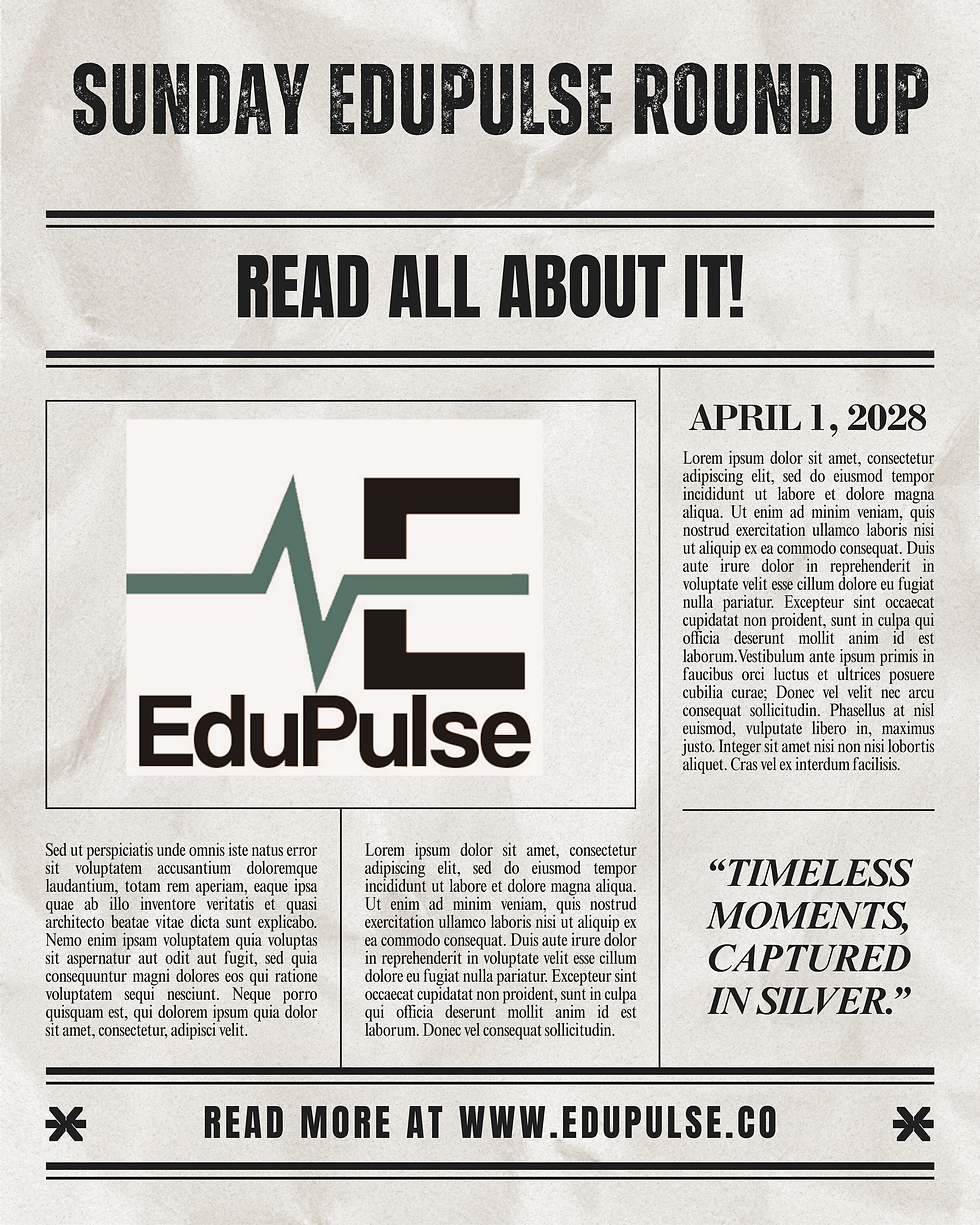The Power of Concept Mapping in the Primary Classroom: Making Thinking Visible
- Olly Cakebread
- 2 minutes ago
- 4 min read

In the modern primary classroom, teachers are increasingly seeking strategies that move beyond surface-level comprehension and instead enable children to truly think with knowledge – to make connections, identify patterns and recognise deeper meaning across texts and subjects. I have found that one highly effective tool for this is concept mapping.
Far from being a simple graphic organiser, concept mapping is a cognitive scaffold that allows children to externalise their working memory. As children read or learn, their working memory can quickly become overloaded by characters, events, vocabulary, timelines or causes and consequences. When this happens, comprehension slows, connections are missed and deeper interpretation becomes incredibly difficult. I feel as though in my classroom, concept mapping has tackled this head-on.
From Cognitive Load to Cognitive Clarity
Cognitive scientists such as Daniel Willingham (2023) remind us that thinking relies on memory, and without freeing up working memory, children simply cannot process information deeply. Concept mapping allows pupils to expel information from their working memory onto the page, where it becomes a visual anchor. Rather than holding characters, settings or plot points in their heads, children create nodes and connections. This frees up mental space to consider why events happen, how characters change and what links can be made to other texts – essential processes in developing critical, analytical readers.
In reading lessons, I use concept mapping alongside teacher-led discussion and targeted questioning. This is not a passive activity. The teacher plays a crucial facilitative role by posing prompts such as:
How might this character’s choice be influenced by their environment?
Can you link this action to a previous chapter or event?
Where have we seen a similar theme in another book?
These questions encourage children to map their working memory in real time, creating a web of connections across characters, themes and settings. Over time, these maps evolve into powerful tools that support both comprehension and deep literary analysis.
Concept Mapping Across the Curriculum: A Case from History
I have seen the strength of concept mapping can be equally as potent in history. When teaching units such as World War II or the Roman Empire, pupils often struggle to grasp the interconnected causes, consequences and long-term impact of historical events. A concept map visually demonstrates:
Cause and effects
Chronology
Interconnectedness between social, economic and political factors
How past events have shaped the modern world
For example, mapping the Treaty of Versailles to economic instability, then to the rise of political extremism and finally to global conflict provides a visual narrative of historical causation. This process helps pupils see history as a network of interacting forces rather than isolated facts.
Again, this approach is most effective when scaffolded, not done in isolation. When I model concept mapping live), pupils see the thinking process – not just the final product. This aligns with Alex Quigley’s emphasis (2022) on making disciplinary thinking explicit and with Dylan Wiliam’s focus on responsive teaching: using pupil responses to adapt instruction in real time.
Why Scaffolded Concept Mapping Works
Research consistently shows that novice learners require appropriate scaffolding to reach higher-order thinking. When concept mapping is introduced without modelling, it risks becoming an artistic exercise rather than a cognitive one. However, when introduced as a guided process, concept mapping becomes a visual representation of schema-building in action.
Key benefits include:
Reduced cognitive load: children place information on the page, freeing working memory.
Activation of prior knowledge: linking new ideas to existing schema strengthens retention.
Metacognitive awareness: pupils begin to understand how they think and make sense of complex ideas.
Transfer of learning: once pupils see how narrative structure links across texts, they begin applying this understanding to new reading material, improving comprehension across genres.
In my own practice, I have seen that concept mapping is not simply a classroom activity, it is a cognitive tool that empowers children to organise thought, deepen insight and build transferable knowledge. When used with skilled teacher guidance, it enables pupils to offload, visualise and connect learning in ways that significantly enhance understanding in reading, history and across the curriculum.
In a world where deep comprehension is more vital than ever, concept mapping provides a bridge between memory and meaning, transforming passive reading into active thinking.
References
Christodoulou, D. (2019). Making Good Progress? The future of Assessment for Learning. Oxford University Press.
Quigley, A. (2022). Closing the Reading Gap. Routledge.
Sweller, J., Ayres, P., & Kalyuga, S. (2019). Cognitive Load Theory. Springer.
Willingham, D. (2023). Outsmart Your Brain: Why Learning is Hard and How You Can Make It Easy. Simon & Schuster.
Wiliam, D. (2020). Embedded Formative Assessment. Learning Sciences International.
Kirschner, P., & Hendrick, C. (2020). How Learning Happens: Seminal works in educational psychology. Routledge.
ResearchED (2023). Various blog posts on cognitive load, schema theory and classroom application, available at: https://researched.org.uk
Rosenshine, B. (2012). Principles of Instruction: Research-based strategies that all teachers should know. American Educator.






Comments